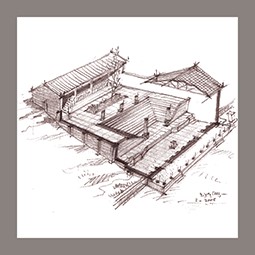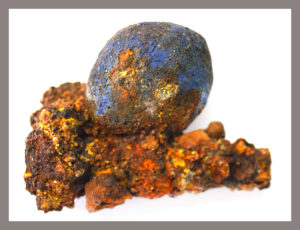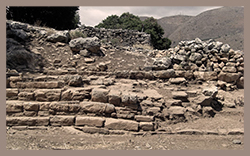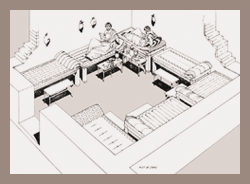Author: E. Rinaldi
Download article as .pdf: The Meeting Halls of the Hellenistic Epirus
 The birth of an urban culture in Epirus between 4th and 3rd cent. B.C. shows the progressive construction and monumentalisation of the places of civic participation (agoras and sanctuaries) in the Hellenistic period. The political architecture displayed the greatest level of monumentality and was the result of the growing needs of the local communities to attribute autonomy and sacredness to civic and federal institutions. In this sense, this article argues that the buildings with a quadrangular plan, built within the main public spaces of the Epirote cities, were especially meeting venues for political gatherings of officials and civic bodies. These public “meeting halls” were perfectly integrated in the framework of the cultural Hellenistic koinè shared throughout the Ancient Mediterranean.
The birth of an urban culture in Epirus between 4th and 3rd cent. B.C. shows the progressive construction and monumentalisation of the places of civic participation (agoras and sanctuaries) in the Hellenistic period. The political architecture displayed the greatest level of monumentality and was the result of the growing needs of the local communities to attribute autonomy and sacredness to civic and federal institutions. In this sense, this article argues that the buildings with a quadrangular plan, built within the main public spaces of the Epirote cities, were especially meeting venues for political gatherings of officials and civic bodies. These public “meeting halls” were perfectly integrated in the framework of the cultural Hellenistic koinè shared throughout the Ancient Mediterranean.



